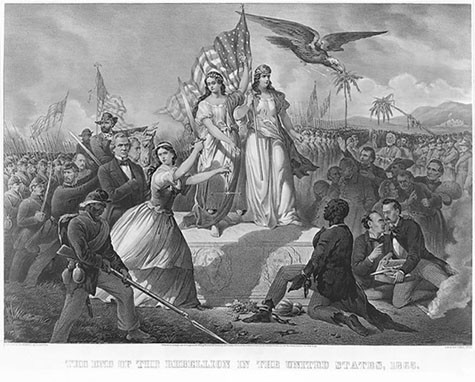
Charles Kimmel, The End of the Rebellion in the United States, New York, 1865. Lithograph printed in black and green olive on woven paper. (Courtesy, Library of Congress.)
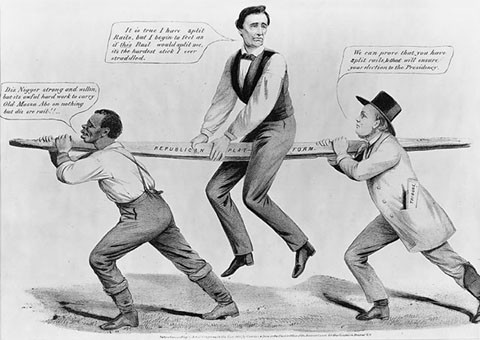
The Rail Candidate, attributed to Louis Maurer and published by Currier & Ives, New York, 1860. Lithograph on woven paper. (Courtesy, Library of Congerss.)
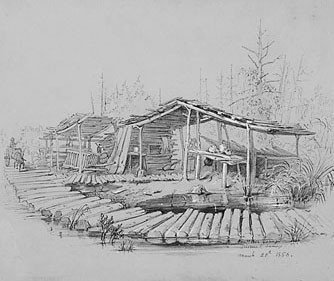
David Hunter Strother, The Horse Camp in Dismal Swamp, North Carolina, 1865. Ink wash on beige paper. (Private collection; photo, Andre Lovinescu.)
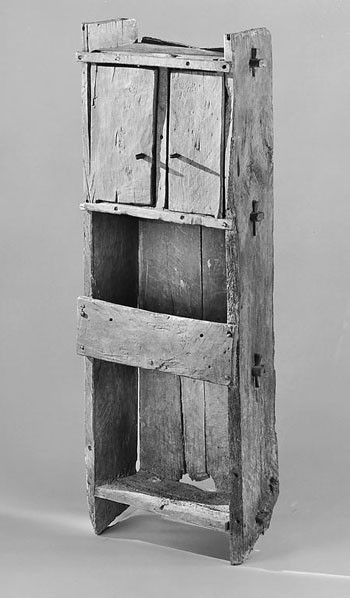
Cupboard, Amherst County, Virginia, 1760–1840. Oak. H. 66 1/4", W. 25 1/2", D. 11 1/4". (Courtesy, Colonial Williamsburg Foundation; photo, Hans Lorenz.)
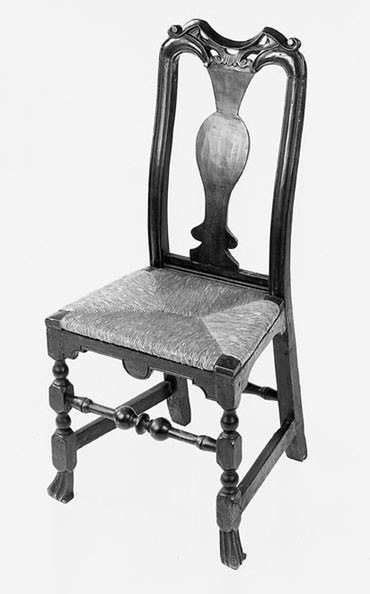
Side chair, Portsmouth, New Hampshire, 1725–1740. Maple. H. 40 1/2", W. 18", D. 18". (Private collection; photo, Douglas Armsden.)
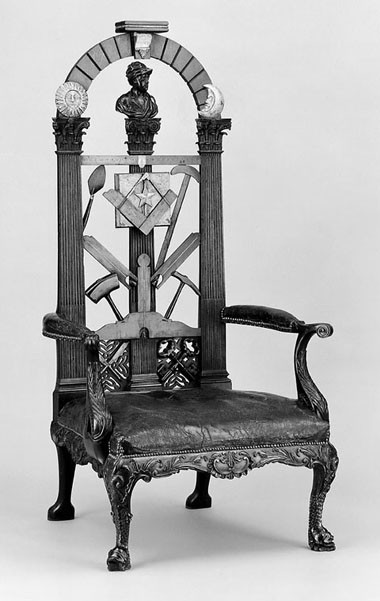
Benjamin Bucktrout, Masonic master’s chair, Williamsburg, Virginia, 1766–1777. Mahogany with walnut; painted and gilded ornament, original leather. H. 65 1/2", W. 31 1/4", D. 29 1/2". (Courtesy, Colonial Williamsburg Foundation; photo, Hans Lorenz.)
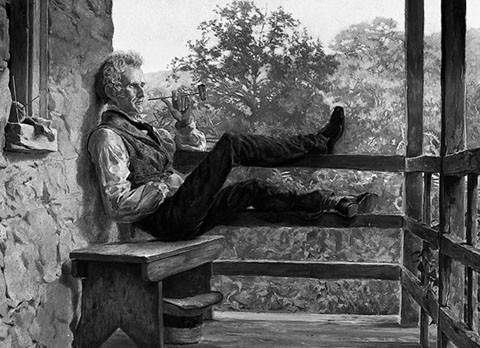
Francis Blackwell Mayer, Independence, Squire Jack Porter, Frostburg, Maryland, 1858. Oil on millboard. (Courtesy, National Museum of Art.)
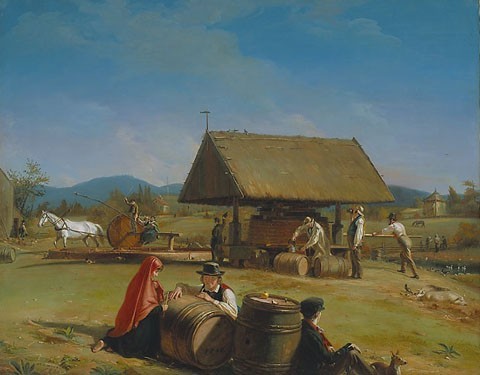
William Sidney Mount, Cider Making, Stony Brook, New York, 1841. Oil on canvas. (Courtesy, The Metropolitan Museum of Art, Purchase, Bequest of Charles Allen Munn, by exchange, 1996 (66.126) Photograph ©1983 The Metropolitan Museum of Art)
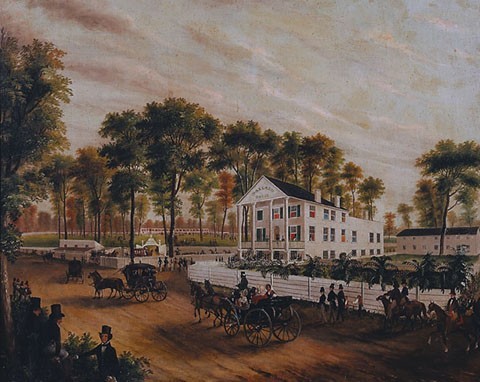
Robert Brammer and Augustus A. Von Smith, Oakland House and Race Course, Louisville, Kentucky, 1840. Oil on canvas. (Courtesy,J. B. Speed Art Museum.)
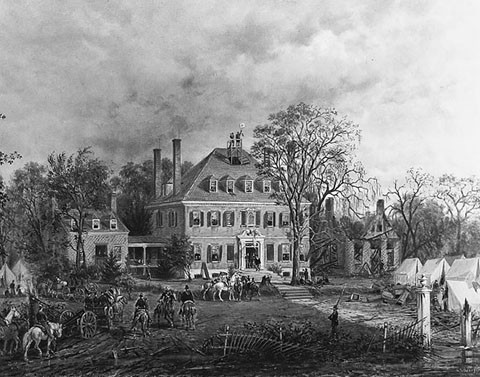
Edward Lamson Henry, The Old Westover Mansion, Charles City County, Virginia, 1869. Oil on panel. (Courtesy, Corcoran Gallery of Art.)
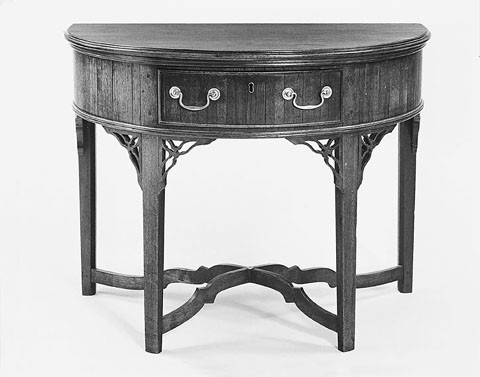
Side table, northeastern North Carolina, 1780–1800. Walnut with yellow pine. H. 29", W. 37 1/4", D. 27". (Collection of the Museum of Early Southern Decorative Arts.)

Advertisement by J. K. Beard of Richmond, Virginia, in Antiques 4, no. 4 (October 1923): 193.
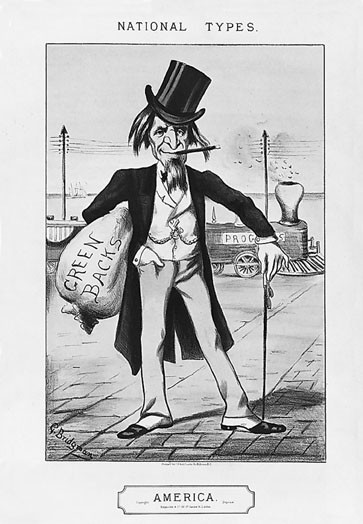
Bridgman, America, lithograph (hand-colored), ca. 1880, 11 3/4 x 7 13/16 inches. (Courtesy, Amon Carter Museum, Fort Worth, Texas.) 1974.45
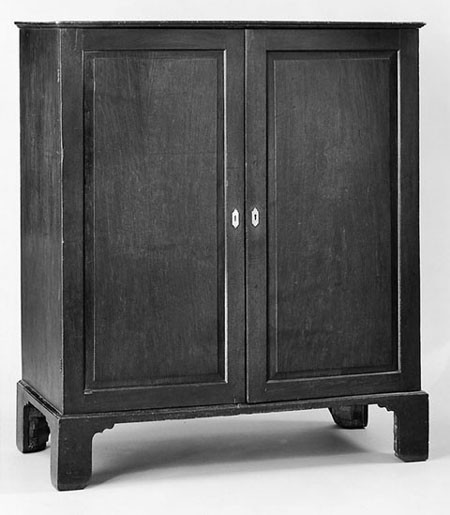
Clothespress, Williamsburg, Virginia, 1760–1770. Walnut with yellow pine. H. 56 5/8", W. 49 1/2", D. 23". (Courtesy, Colonial Williamsburg Foundation; photo, Hans Lorenz.)
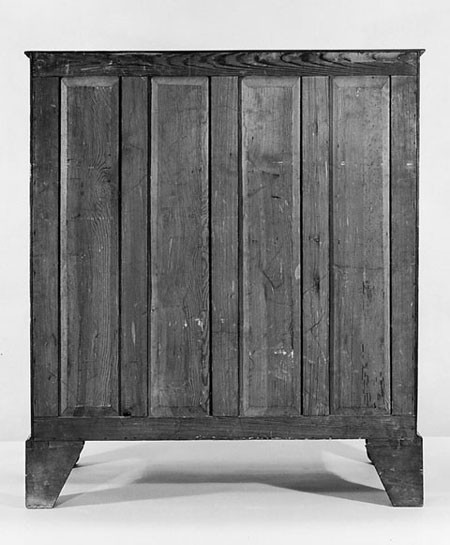
Detail of the paneled back of the clothespress illustrated in fig. 14.
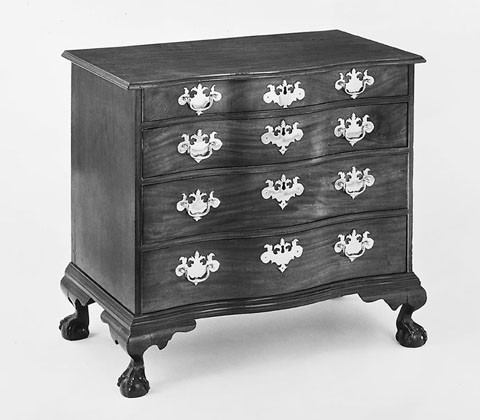
Chest of drawers, Boston, 1770–1780. Mahogany with white pine. H. 32 1/8", W. 35 3/4", D. 21". (Courtesy, Colonial Williamsburg Foundation; photo, Hans Lorenz.)

Detail of the interior construction of the chest illustrated in fig. 16.

Dressing table, Boston, 1735–1750. Walnut, walnut veneer, and birch with white pine. H. 32 1/4", W. 33 3/8", D. 21 1/2". (Courtesy, Colonial Williamsburg Foundation; photo, Hans Lorenz.)

John Selden, clothespress, Norfolk, Virginia, 1775. Mahogany with yellow pine and mahogany. H. 74 1/4", W. 50 1/8", D. 23 3/4". (Private collection; photo, Hans Lorenz.)

Design for a clothespress on plate 129 in the third edition of Thomas Chippendale’s Gentleman and Cabinet-Maker’s Director (1762). (Courtesy, Colonial Williamsburg Foundation.)
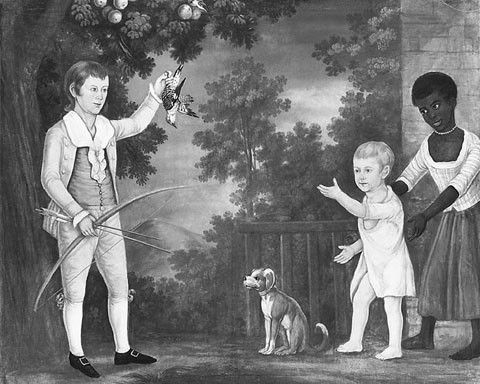
Alexander Spotswood Payne and his brother, John Dandridge Payne, with their Nurse, attributed to the Payne Limner, painted at New Market, Goochland County, Virginia, 1790–1800. Oil on canvas, 56"H x 69"W (©Virginia Museum of Fine Arts, Richmond. Gift of Miss Dorothy Payne. Photo, Linda Loughran)

Side chair attributed to Thomas Day, Milton, North Carolina, ca. 1850. Mahogany, walnut, rosewood, and mahogany veneer with tulip poplar. H. 35 1/2", W. 17 3/4", D. 16". (Courtesy, North Carolina Museum of History.)

Chest of drawers, probably Shenandoah County, Virginia, 1794. Walnut with yellow pine. H. 67 3/4", W. 41 1/4", D. 23". (Courtesy, Colonial Williamsburg Foundation; photo, Hans Lorenz.)
